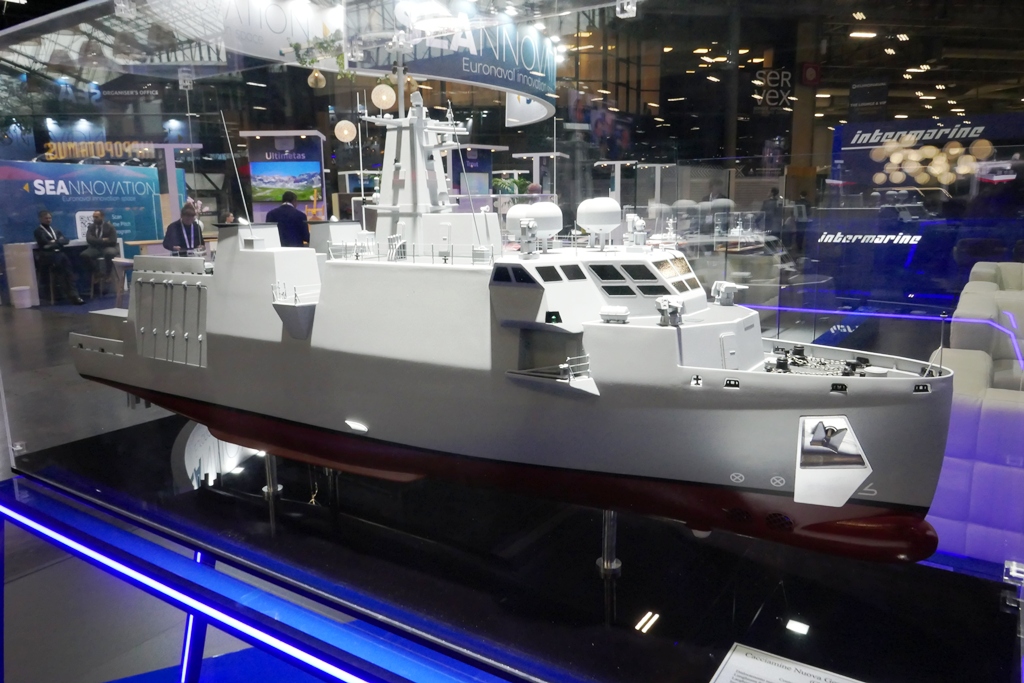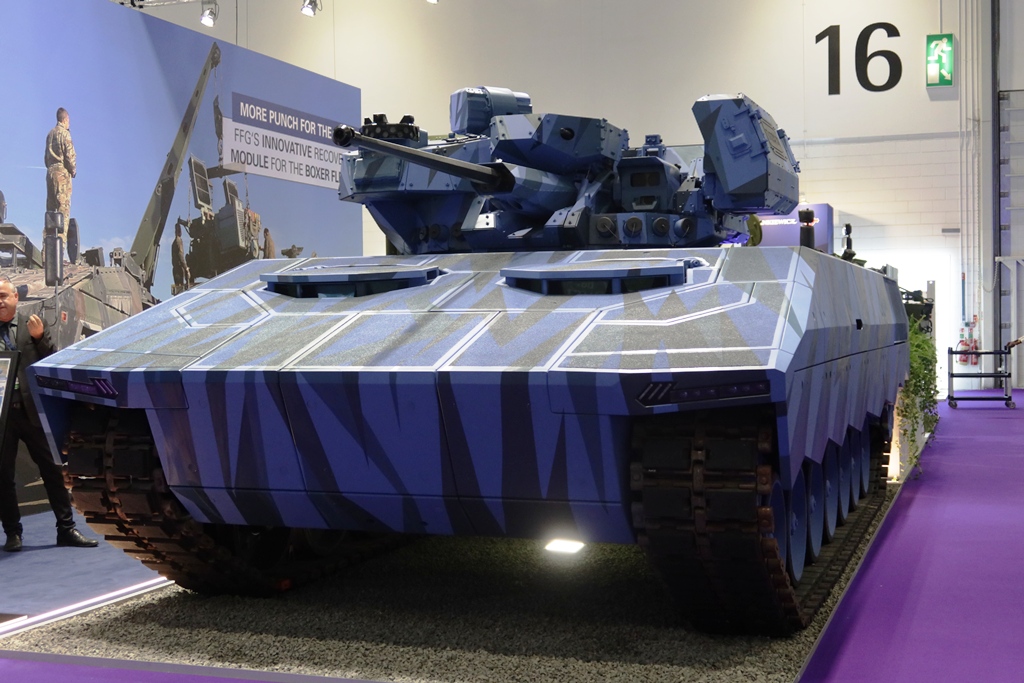Taiwan Advances Defense Posture Amid Regional Tensions
TADTE 2025 Unveils New Enhancements in Military Capabilities
On September 18, 2025, the Taipei Aerospace and Defense Exhibition (TADTE) commenced, showcasing the latest advancements in Taiwan’s defense offerings as well as its recent procurements. This exhibition holds particular significance as Taiwan grapples with strategies to counteract increasing assertiveness from Beijing, which is perceived by experts as a prelude to potential aggression against the island.
Chinese Ambitions and Taiwan’s Response
China’s intentions regarding Taiwan are unequivocally articulated. At the Beijing Xiangshan Forum, Defense Minister Dong Jun asserted that the “restoration” of Taiwan is integral to the post-war international framework. He also emphasized an unwavering stance against any autonomy movements in Taiwan, vowing to deter external military interventions that might embolden such efforts.
In light of these threats, Taiwanese defense strategists are increasingly favoring asymmetric warfare capabilities—systems that might be economically feasible yet can impose substantial costs on an adversary. TADTE 2025 reflected this tactical pivot, featuring nearly 490 exhibitors, nearly double the number from previous years, along with 51 innovative military systems launched at the event.
Highlighting Recent Acquisitions
Among the key exhibits were advanced platforms procured from the United States, including the M1A2T Abrams tank and HIMARS (High Mobility Artillery Rocket System) rocket launcher. Taiwan has so far received 80 of the planned 108 Abrams tanks and 11 out of 29 HIMARS units, further solidifying its military inventory.
More than 40 American companies participated in TADTE 2025, showcasing a diverse range of smaller asymmetric systems. Notably, AeroVironment presented the Switchblade 300 loitering munition, highlighting the trend towards affordable, yet lethal, military technologies.
Promotion of Arms Collaboration
In an effort to diversify its defense procurement, Taiwan’s National Chung-Shan Institute of Science and Technology (NCSIST) entered multiple agreements on the exhibition’s opening day. Partnerships included the Canadian company AirShare for Overwatch Interceptor counter-drone missiles and Anduril Industries for Dive-LD underwater drones. Additionally, an agreement was signed earlier this year to investigate mass production of Anduril’s Barracuda-500 low-cost cruise missile.
NCSIST President Li Shih-chiang articulated a vision of self-sufficiency, stating, “The entire supply chain of the missile will be in Taiwan. That’s the overall trajectory of future collaborations,” adding a commitment to producing missiles with a target cost below $250,000 each.
Lessons from Ukraine’s Conflict
The ongoing conflict in Ukraine has illustrated the vulnerabilities associated with high-cost missile stockpiles that rapidly deplete. Taiwan’s strategic response is to embrace a new truck-launched variant of the Barracuda missile designed for maritime engagements, addressing the necessity for continuous, lower-cost missile production.
Also indicative of Taiwan’s evolving military capability is the Chien Feng IV (Mighty Hornet IV) loitering munition, developed in partnership with U.S. firm Kratos. Based on the MQM-178 Firejet target drone, this high-speed weapon is engineered for precise strikes against naval targets at ranges of approximately 620 miles (1,000 km).
Enhancing Domestic Production and Autonomy
Although the United States remains Taiwan’s principal ally, officials in Taipei recognize the imperative for greater self-reliance. Reports suggest that U.S. military aid to Taiwan has faced substantial reductions, with over $400 million vetoed, impacting significant weaponry allocations, including crucial munitions.
Taiwan has been proactive in cultivating its armament capabilities. The Chiang-Kong (Strong Bow) air defense missile has emerged as a cornerstone of this effort, evolving from the Tien Kung III system. Equipped to intercept both cruise and ballistic missiles at altitudes of up to 43.5 miles (70 km), this two-stage missile system is already in production and relies on an advanced trailer-mounted radar system.
TADTE 2025 also featured a diverse 19 unmanned systems including the Mighty Hornet III anti-armor loitering munition, which is set for operational testing by the end of 2025. Another promising asset, the Kuai-Chi unmanned surface vessel (USV), offers high-speed tactical capabilities and can deploy explosive payloads or launch loitering munitions.
Strategic Implications for the Taiwan Strait
The integration of loitering munitions, unmanned systems, and low-cost missiles forms a comprehensive strategy that seeks to create what has been referred to as a “hellscape” in the Taiwan Strait. This approach aims to leverage unmanned technologies across diverse operational domains to saturate potential Chinese military incursions.
Taiwan is poised to elevate its defense budget to 3.3% of GDP in the coming fiscal year, with a goal of reaching 5% by 2030, ensuring a sustained commitment to enhancing its defensive capabilities.
By employing innovative technologies and fostering local production efforts, Taiwan aims to fortify its defense posture amid an increasingly complex geopolitical landscape.





